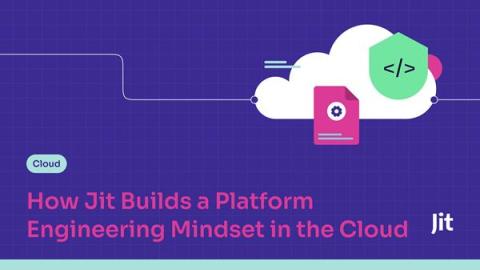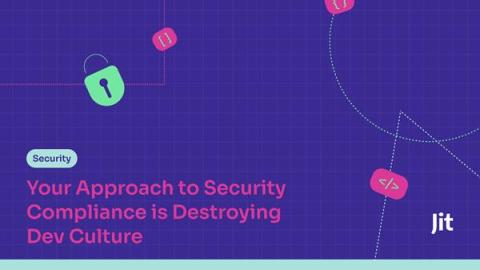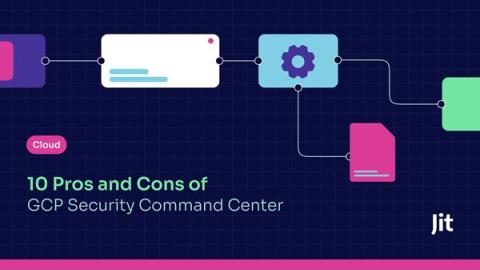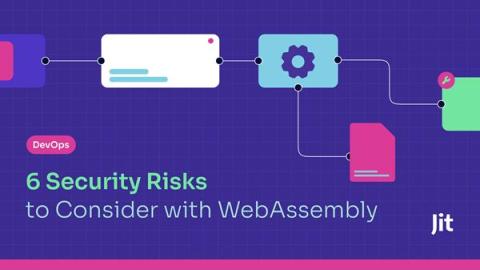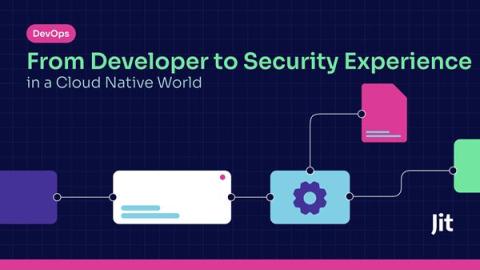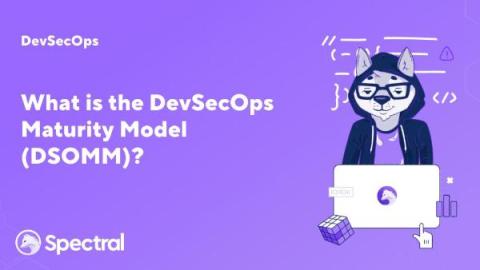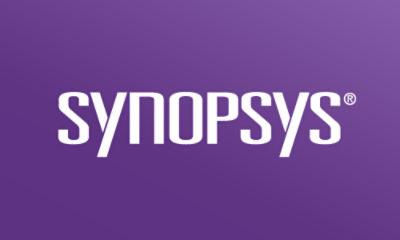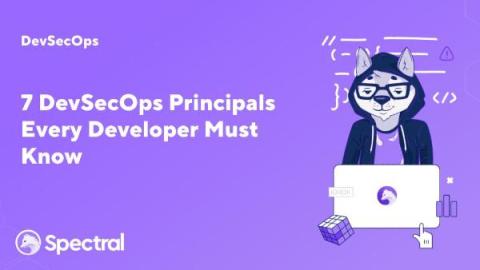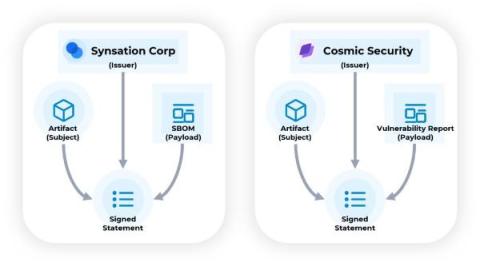How Jit Builds a Platform Engineering Mindset in the Cloud
Learn how the whole team at DevSecOps tool Jit is dedicated to cultivating a platform engineering mindset and discipline in the cloud. Our amazing CTO, David Melamed, PhD. How Jit Builds a Platform Engineering Mindset in the Cloud Learn how the whole team at DevSecOps tool Jit is dedicated to cultivating a platform engineering mindset and discipline in the cloud.


